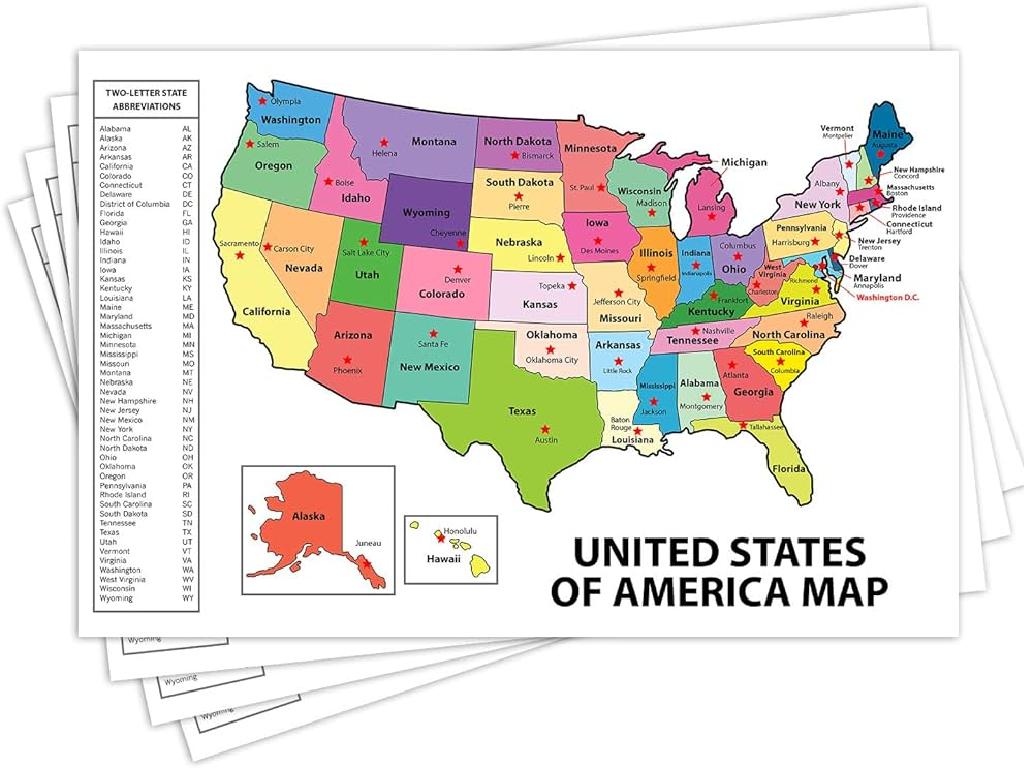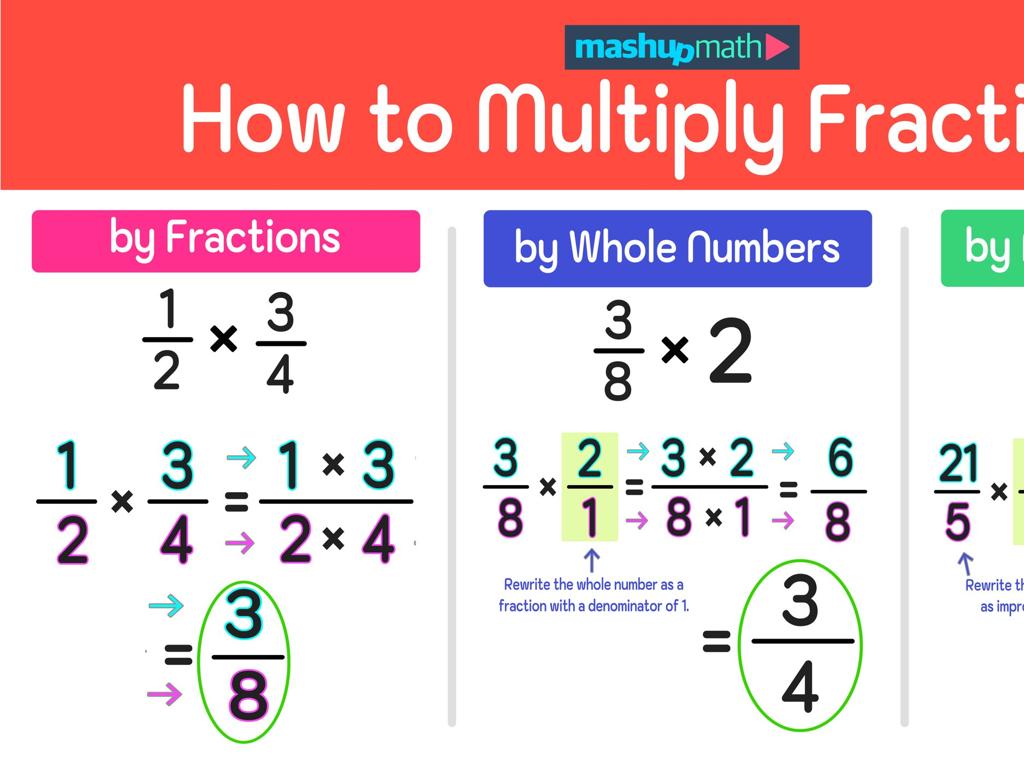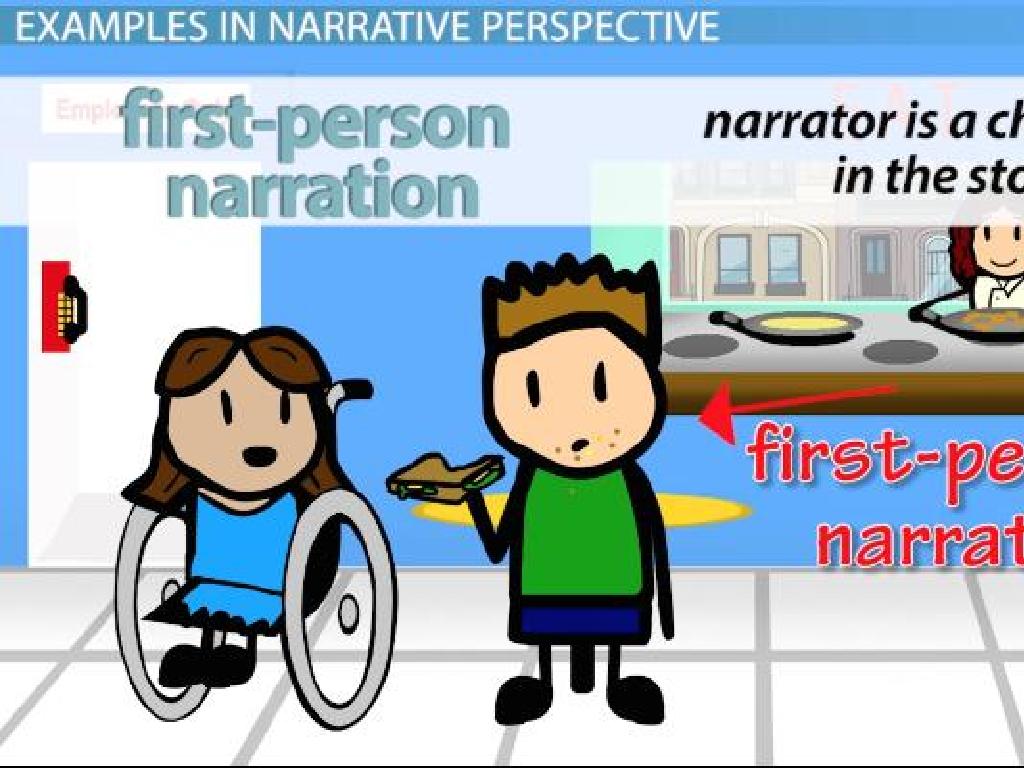Form And Use The Irregular Past Tense: Set 2
Subject: Language arts
Grade: Fourth grade
Topic: Identify The Irregular Past Tense
Please LOG IN to download the presentation. Access is available to registered users only.
View More Content
Diving into Irregular Past Tense Verbs
– Recap: What is past tense?
– Past tense verbs tell us about actions that have already happened.
– Regular vs. Irregular Verbs
– Regular verbs end in ‘ed’, irregular verbs don’t follow this rule.
– Exploring Set 2 Irregular Verbs
– Set 2 includes verbs like ‘go’ became ‘went’ and ‘buy’ became ‘bought’.
– Practice with examples
– We’ll use sentences to learn how these verbs change.
|
Begin with a brief review of the past tense, ensuring students recall that it’s used to describe actions completed in the past. Contrast regular past tense verbs, which typically end in ‘ed’, with irregular verbs that don’t follow this pattern. Introduce Set 2 of irregular verbs, providing examples and emphasizing the change in form these verbs undergo in past tense. Engage students with practice sentences to apply their understanding of these irregular verbs in context. Encourage them to think of actions they did recently and describe them using irregular past tense verbs.
Irregular Past Tense Verbs
– What are irregular verbs?
– Verbs that don t follow normal rules for past tense
– No ‘-ed’ ending rule
– Example: ‘go’ to ‘went’
– Unlike ‘walk’ to ‘walked’, ‘go’ changes to ‘went’
– Example: ‘buy’ to ‘bought’
– ‘Buy’ changes to ‘bought’, not ‘buyed’
|
Irregular past tense verbs are those that don’t follow the standard rule of adding ‘-ed’ to the base form. It’s crucial for students to understand that while many verbs in English follow the regular pattern (‘talk’ to ‘talked’), irregular verbs do not (‘go’ to ‘went’). Provide examples to illustrate the concept, such as ‘go’ becoming ‘went’ and ‘buy’ becoming ‘bought’. Encourage students to think of other verbs they know and to determine if they are regular or irregular. This understanding is key to mastering past tense usage in writing and speaking. Have students create sentences using irregular verbs to reinforce their learning.
Exploring Set 2 Irregular Verbs
– Learn Set 2 Irregular Verbs
– Verbs like ‘go-went’, ‘take-took’, ‘see-saw’
– Read and repeat verb pairs
– Say them out loud: ‘buy-bought’, ‘catch-caught’
– Understand present to past changes
– Notice patterns: ‘find-found’, ‘keep-kept’
– Practice with examples
– Use in sentences: ‘He took the toy’, ‘They saw a movie’
|
This slide introduces students to a new set of irregular verbs, which do not follow the standard ‘-ed’ ending rule when changing from present to past tense. Start by presenting the list of verbs and encourage students to repeat after you to practice pronunciation. Highlight the changes from present to past tense, and help students identify any patterns that might aid in memorization. Provide examples and encourage students to create their own sentences using these verbs to reinforce their understanding. This activity will help students recognize and use these irregular verbs correctly in both spoken and written language.
Using Irregular Verbs in Sentences
– Create sentences with Set 2 verbs
– Use verbs like ‘thought’ in past tense sentences.
– Understand context for verb usage
– Know when it’s right to use past tense verbs.
– Practice with example sentences
– ‘I slept late on Saturday.’ shows past action.
– ‘Yesterday, I thought about the story.’
– Discuss what ‘thought’ tells us about when the action happened.
|
This slide aims to help students practice using irregular past tense verbs from Set 2 in their own sentences. Emphasize the importance of context in determining when to use these verbs. Provide clear examples, like ‘Yesterday, I thought about the story,’ to illustrate how these verbs are used to describe past events. Encourage students to think of actions they did yesterday or in the past and to create sentences using Set 2 verbs. During the next class, students can share their sentences and discuss the context of their verb usage, enhancing their grasp of irregular past tense verbs.
Irregular Past Tense: Common Mistakes
– Avoid ‘-ed’ with irregular verbs
– Verbs like ‘go’ become ‘went’, not ‘goed’
– Beware of overgeneralizing rules
– Each irregular verb is unique, don’t assume they follow a pattern
– Let’s correct mistakes as a team
– Share your sentences and we’ll fix errors together
– Practice makes perfect
|
This slide aims to help students recognize and avoid common errors when using irregular past tense verbs. Emphasize that irregular verbs do not follow the standard ‘-ed’ rule for past tense. Provide examples of irregular verbs and their correct past tense forms. Encourage students to understand that overgeneralization can lead to mistakes, as not all verbs follow the same pattern. Create an interactive environment where students can learn from each other’s mistakes by correcting sentences in groups. Include practice exercises where students can apply these tips and solidify their understanding of irregular past tense verbs.
Interactive Practice: Irregular Past Tense
– Engage in group practice
– Complete fill-in-the-blank exercise
– Use context to fill blanks with correct irregular past tense verbs
– Correct sentences with errors
– Identify and fix incorrect past tense verbs in given sentences
– Share and discuss answers
|
This interactive slide is designed for a collaborative classroom activity to practice irregular past tense verbs. Begin with a group practice where students can work together to reinforce their understanding. Move on to a fill-in-the-blank exercise where students will use context clues to determine the correct irregular past tense form of the verbs. Follow this with an activity to correct sentences that contain mistakes in verb tense, helping students to recognize and fix common errors. Conclude with a sharing session where students can discuss the answers and explain their reasoning. This will not only solidify their grasp of irregular past tense verbs but also encourage peer learning and critical thinking. Possible activities: 1) Pair students to complete the fill-in-the-blank exercise, 2) Have students swap their corrected sentences with a partner for review, 3) Create a game where students earn points for each correct answer, 4) Use a smartboard for interactive sentence correction, 5) Hold a class discussion on the most challenging verbs and how to remember their irregular forms.
Class Activity: Irregular Verb Charades
– Act out verbs for classmates
– Guess the past tense form
– What did your classmate just ‘do’?
– Team up for the challenge
– Earn points for correct guesses
– Keep score to see which team wins!
|
This interactive class activity is designed to help students learn and practice irregular past tense verbs through a game of charades. Divide the class into small teams and have each team take turns acting out a verb without speaking. The other teams must guess the verb and shout out the correct irregular past tense form to earn points. For example, if a student acts out ‘sing,’ the correct past tense guess would be ‘sang.’ Prepare a list of irregular verbs for the students to act out. Keep the activity lively and ensure that each student gets a turn to act out a verb. This will help reinforce their understanding of irregular verbs in a fun and engaging way. Remember to praise the students for correct answers and provide gentle corrections when needed. The goal is to create a supportive learning environment where students feel comfortable taking risks and participating.
Wrapping Up: Irregular Past Tense Set 2
– Review of irregular past tense
– Homework: Craft 5 sentences
– Pick verbs from today’s list
– Use Set 2 irregular verbs
– Ensure each sentence shows the verb’s past tense form
– Get ready for a quiz!
|
As we conclude today’s lesson on irregular past tense verbs, it’s important to reinforce the learning with practice. For homework, students are to write five original sentences, each incorporating one of the Set 2 irregular past tense verbs we’ve studied. This will help solidify their understanding of how these verbs change from present to past tense, which often does not follow a regular pattern. Encourage creativity in their sentence formation. Additionally, prepare the students for a quiz during the next class to assess their grasp of the irregular verbs. Provide a list of the verbs for review and suggest studying with a partner for better retention.






